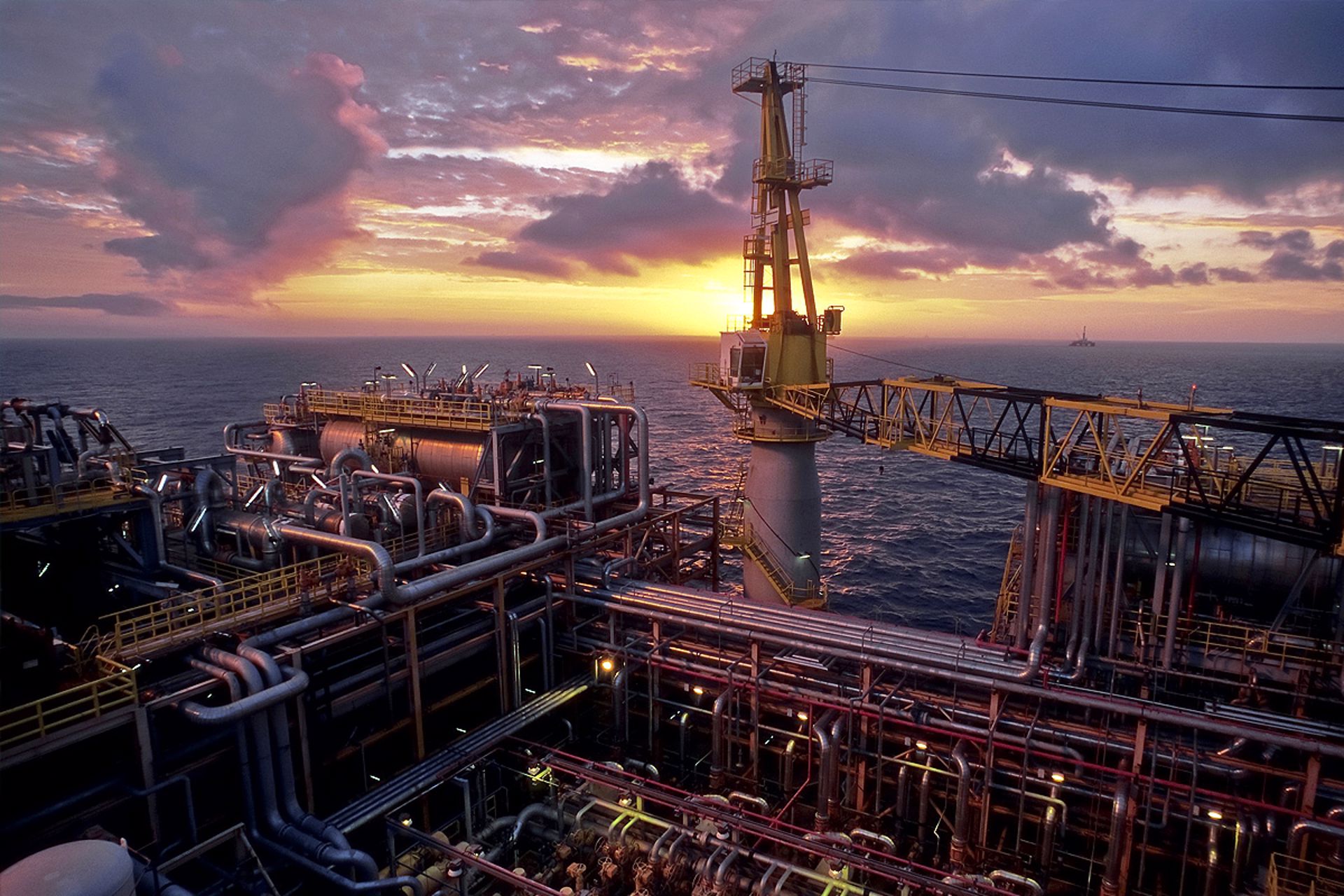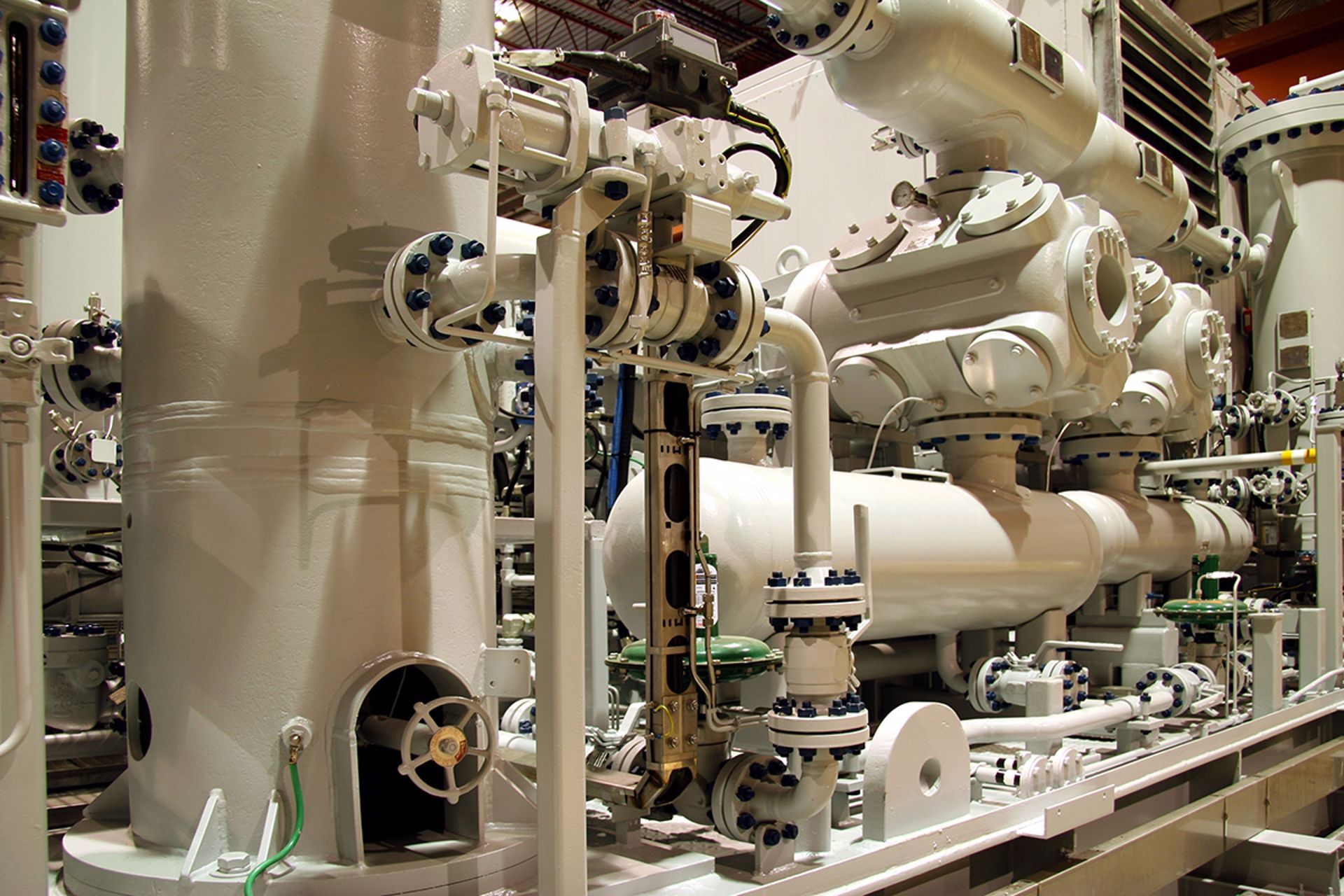Most pipework and structural vibration concerns first occur during commissioning or early operations.
Site survey, pre and post commissioning, is an important stage in the process to assess vibration issues beyond the design stage. Surveys can identify high-risk locations that can either be modified prior to start-up or reviewed during operations. Our vibration risk assessment methodology utilises the learnings and efficiencies developed over many years of experience, resulting in a cost effective and robust assessment
Our engineers have significant design and plant experience with procedures and tools in performing vibration risk assessments during commissioning to identify and solve vibration issues before they induce failure. Failure to address vibration risks during operations exposes the asset to major safety, reliability and operational issues. Changes to plant due to ageing, debottlenecking and component replacement can alter the vibration risk profile of an asset.
We support clients by developing robust vibration management strategies to identify and quantify the changes in risk. We deploy screening assessments, vibration risk assessments, measurement and long-term monitoring systems to ensure continued safe operation, all managed using our propriety online database. This is all done through our proprietary software, XAMIN Vibration (formerly HAWXEYE).


